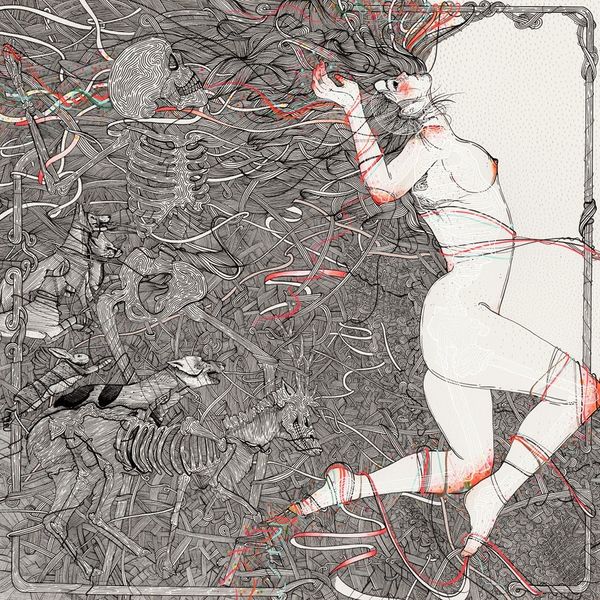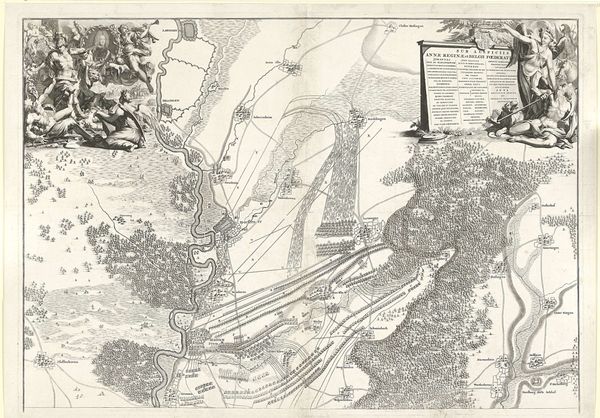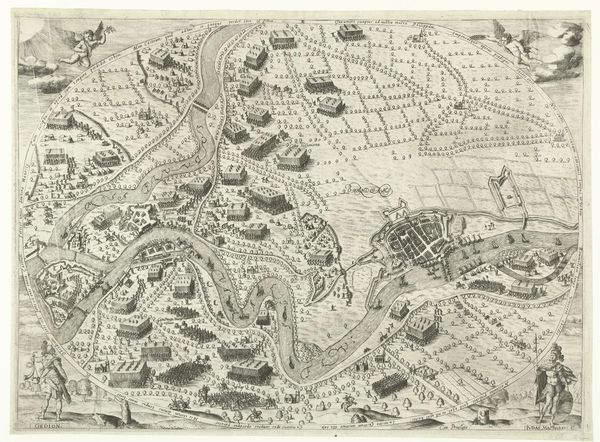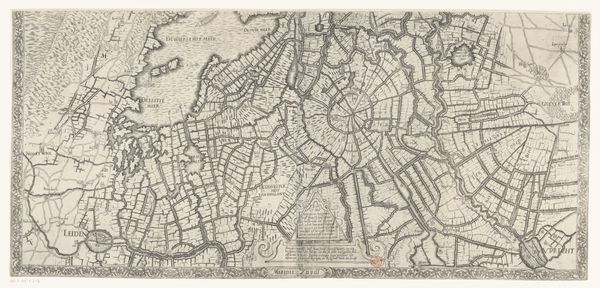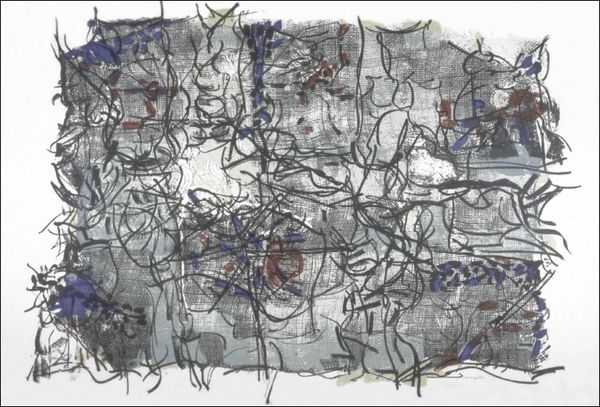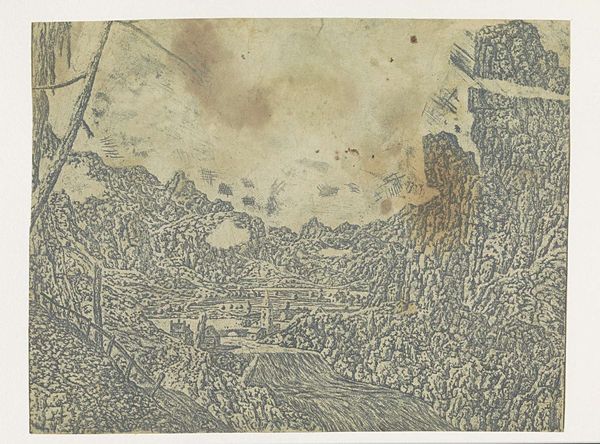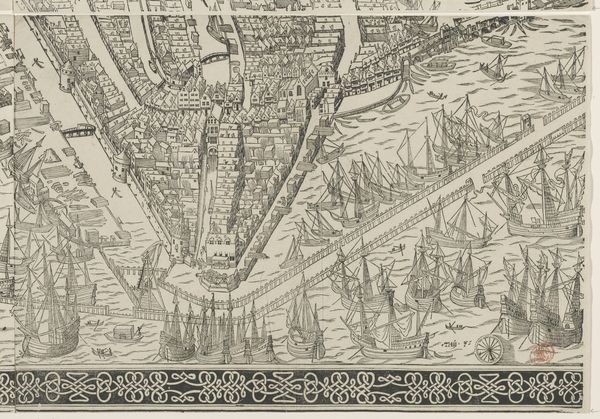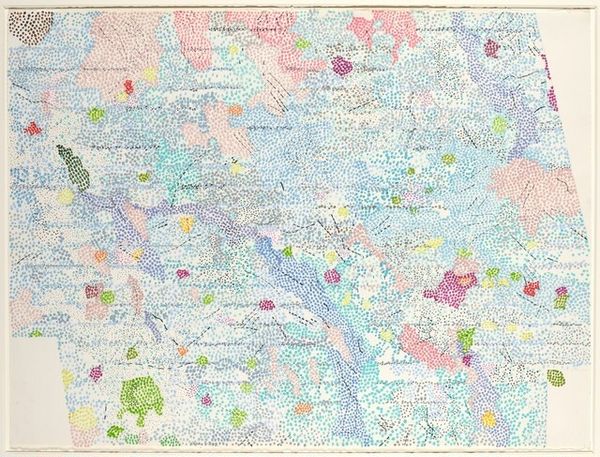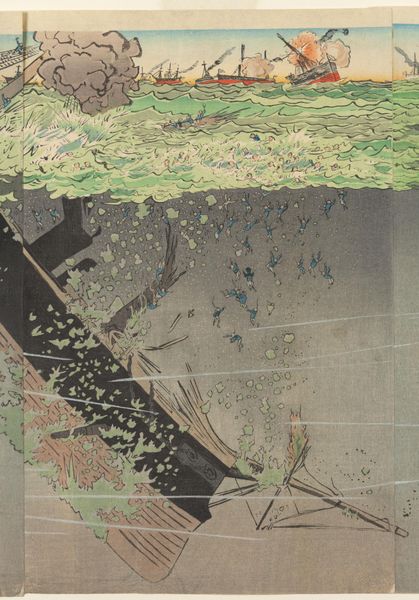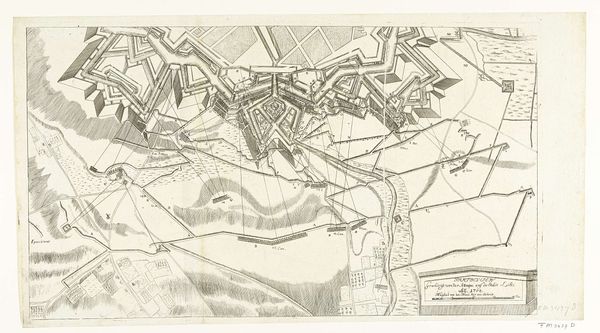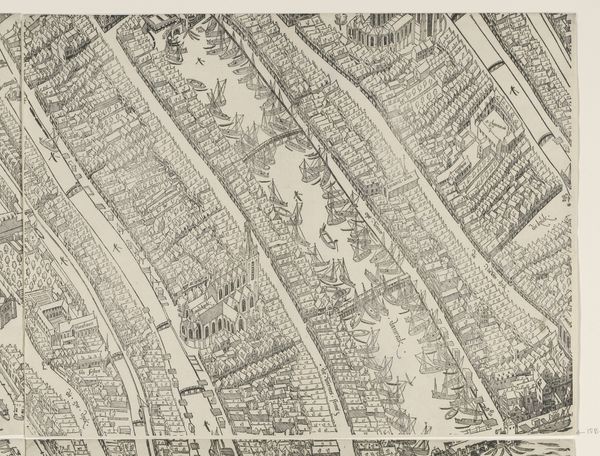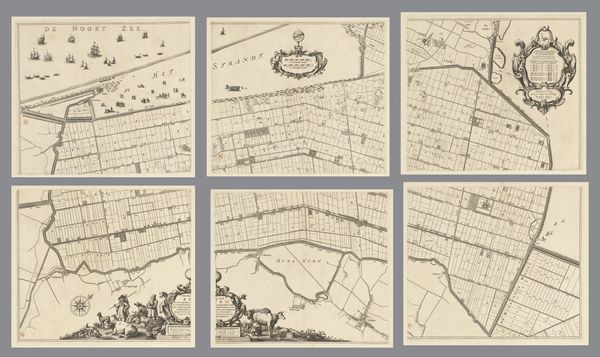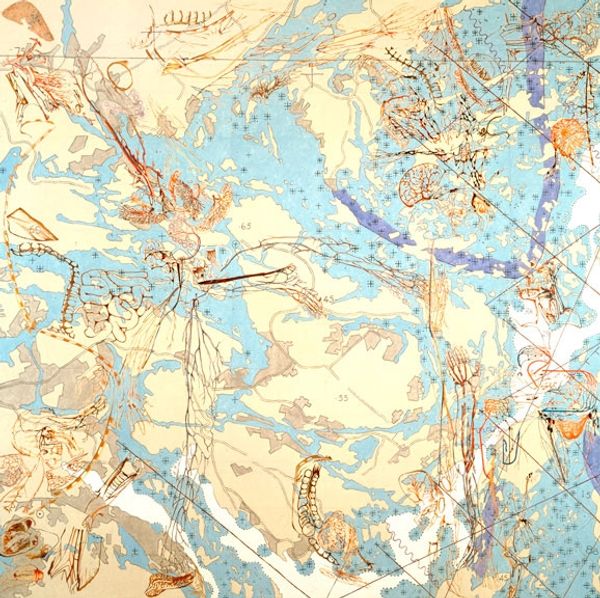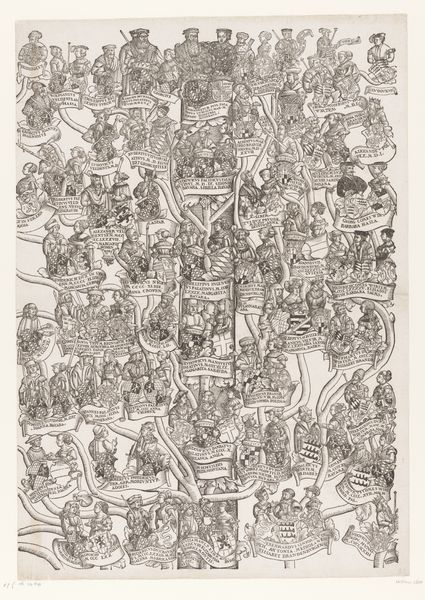
drawing, mixed-media, ink, pencil
#
pattern-and-decoration
#
drawing
#
mixed-media
#
contemporary
#
narrative-art
#
ink
#
geometric
#
pencil
#
orientalism
#
history-painting
Copyright: Joyce Kozloff,Fair Use
Curator: The first thing that strikes me is how overwhelming this scene is! Dense, almost frantic. Editor: You're right, a lot is going on. This is "Boys’ Art #8: Battle of Panipat" by Joyce Kozloff, created in 2002. She works with mixed media here – ink and pencil, and you can see the texture of the paper itself becoming part of the work. Curator: It really does speak to process. What I'm seeing is a deconstruction of traditional history painting, using seemingly simple materials. It looks like the kind of thing a child might create. I'm curious about her artistic labor, and the idea of ‘boys art’. Was this part of a larger series? Editor: Indeed. Kozloff engaged with patterns and decoration but challenged art world hierarchies in much of her work. “Boys’ Art” does play on historical depictions of warfare, appropriating what were often glorified subjects in official state art. The battle represented here references a clash in 1759, an era where visual records served strategic and political purposes. It invites viewers to reconsider dominant narratives. Curator: That tension is powerful. The piece reads as a deliberate intervention. By rendering it in this deliberately 'naive' style, the artist undermines notions of grand heroic narratives that have, for so long, underpinned political power. There's also an interesting echo in its title, as history-painting used to be a field dominated by male artists. It shows that by shifting production means, from painting on canvas to a kind of drawing, and a child-like drawing in particular, you challenge all these established conventions. Editor: Exactly. And in that light, its institutional display becomes charged. Where it is exhibited, how it's interpreted, all impact our understanding of its politics and artistry. Museums shape these discussions. Do we highlight its craft aspects or emphasize its historic ties? It presents curatorial teams with interpretative questions. Curator: Ultimately, I come back to how its visual language—the pencil, the ink, and layering—reflects that interrogation. The banality of the material contrasts against a heavy subject, bringing its authority into question. Editor: Well put. It reveals how art, politics, and historical representation entangle themselves, leading to important conversations in museum environments.
Comments
No comments
Be the first to comment and join the conversation on the ultimate creative platform.
